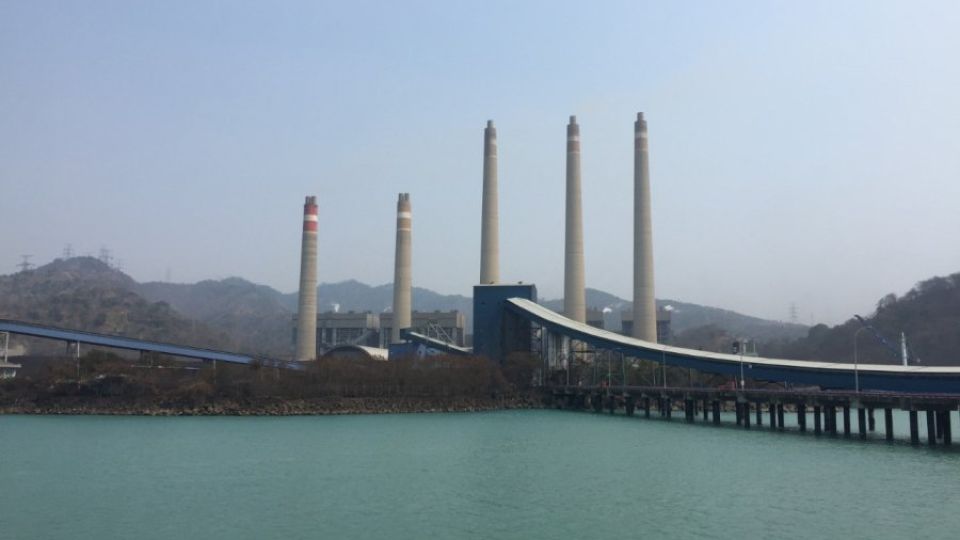October 13, 2023
JAKARTA – Tourism and Creative Economy Minister Sandiaga Uno signed a road map for low-carbon tourism this week at the Archipelagic and Island States (AIS) forum in Bali.
“The road map’s development aims to formulate a strategic plan […] especially in efforts to achieve energy-use efficiency and reduce waste generated from the tourism industry,” Sandiaga said in a press release.
The government developed the document alongside the United Nations Development Program (UNDP) through the Climate Promise project, which seeks to help more than 120 countries improve and realize their climate pledges under the Paris Agreement.
The road map, Sandiaga noted, focused on emissions reduction in three main subsectors considered the largest emitters in the tourism industry: accommodation, particularly starred hotels; tourist attractions; and tour and travel services.
The accommodation subsector contributed to emissions through its consistent use of ventilation and air conditioning systems. Meanwhile, the emissions from tourist attraction and tour and travel subsectors mostly came from human-made attractions and transportation.
Many foreign and domestic tourists in the country rely on modes of transportation that contribute greatly to pollution, such as air and road transportation.
Read also: Air pollution, nothing changes
Data from East Ventures, the Katadata Insight Center and PwC Indonesia suggests that transportation was the main driver of tourism industry growth between 2020 and 2022. Transportation is the second-largest contributor to the country’s CO2 emissions, accounting for 25 percent of total emissions, after the power sector at 43 percent, according to a 2022 report by Climate Transparency.
The government will begin its tourism decarbonization efforts by measuring the baseline emissions situation, calculating reduction targets and preparing monitoring mechanisms, with the goal of achieving net-zero tourism emissions by 2060 or sooner, Sandiaga said as reported by Bisnis.com.
Sandiaga’s office will cooperate with the Office of the Coordinating Maritime Affairs and Investment Minister and the Energy and Mineral Resources Ministry to conduct a survey on energy and waste management in twenty hotels in Nusa Dua, Bali.
Similar surveys will be conducted at the so-called five “super-priority” tourist destinations: Lake Toba in North Sumatra, Borobudur in Central Java, Mandalika in West Nusa Tenggara, Labuan Bajo in East Nusa Tenggara and Likupang in North Sulawesi.
Sandiaga said he hoped the decarbonization road map would guide the tourism industry toward solutions to achieve carbon neutrality.
Read also: Indonesia’s renewed climate targets still critically insufficient, says research group
Activist Zenzi Suhadi of the Indonesian Forum for the Environment (Walhi), however, called on the government not just to address the environmental aspect, but also to prioritize the communities surrounding tourism areas, noting that “there is no sustainability without justice”.
“The environment exists because of human beings. If there is decarbonization but justice is not delivered, that means the environment only becomes a commodity and not part of human civilization,” he told The Jakarta Post on Wednesday.
Noting that water scarcity had begun to plague Bali and Yogyakarta, Zenzi suggested that the government also calculate the “carrying capacity” of tourism destinations, or the maximum number of visitors in one destination at the same time that would not harm the environment or local communities, as the next step of the road map.
Tourism has been growing rapidly following the COVID-19 pandemic. In 2022, 5.5 million foreign tourists arrived in the country, according to government data, surpassing the official target of 3.6 million arrivals. (alf)


